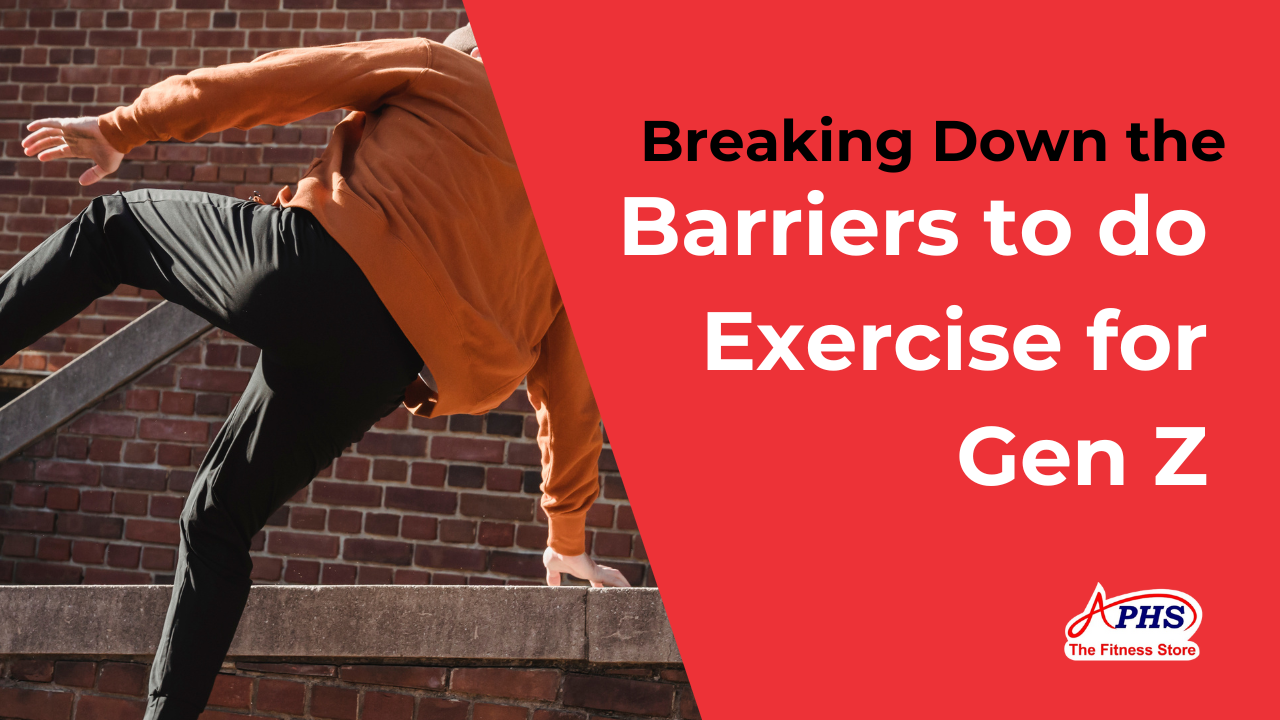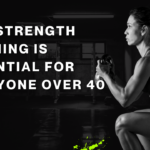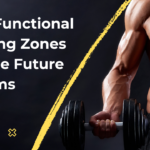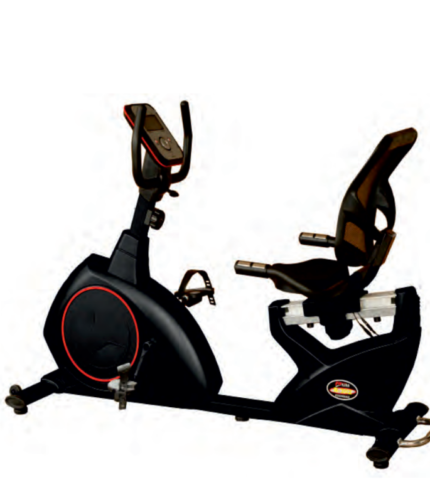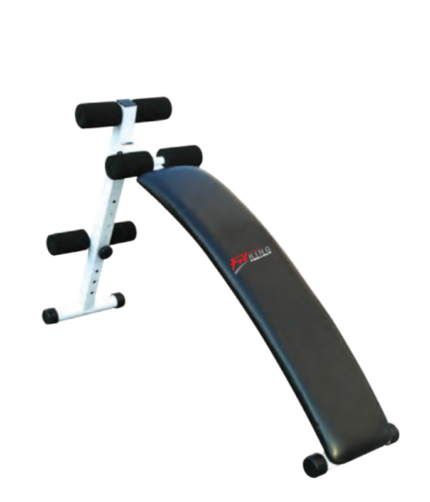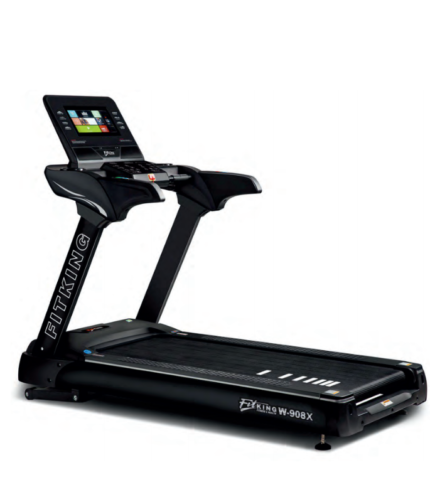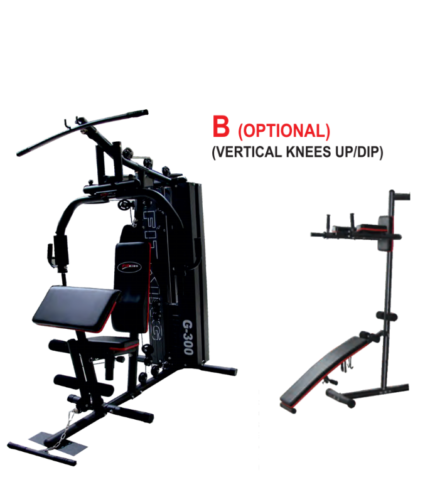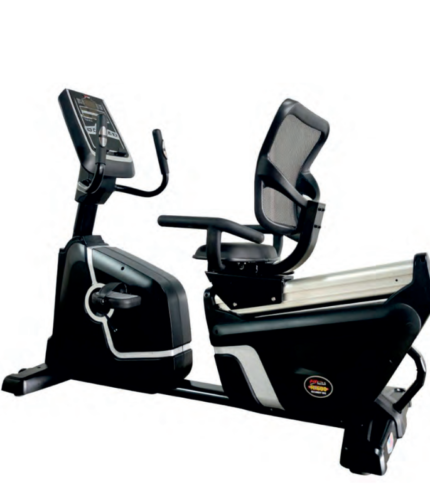In an ideal world, everyone would embrace physical activity as an essential component of their daily routine. However, the reality is that many members of Generation Z face numerous barriers that hinder their ability to engage in regular exercise. From time constraints and lack of motivation to financial limitations and accessibility issues, these obstacles can seem insurmountable. But fear not, for in this blog, we’ll dissect these barriers and provide practical strategies to help Gen Z overcome them and embark on a journey to a healthier, more active lifestyle.
Time Constraints: Juggling Priorities in a Busy World
One of the most common barriers to exercise for Gen Z is the perceived lack of time. Between school, work, extracurricular activities, and social commitments, finding a spare moment to squeeze in a workout can feel like an impossible feat. However, it’s essential to recognize that exercise doesn’t have to be time-consuming to be effective. Even just 10 minutes of physical activity a day can yield significant health benefits. Encouraging Gen Z to prioritize exercise by scheduling it into their daily routine, whether it’s before school, during a lunch break, or after dinner, can help make it a non-negotiable part of their day.
Lack of Motivation: Overcoming the Mental Hurdle
Another barrier to exercise that many Gen Z individuals face is a lack of motivation. With endless distractions vying for their attention, mustering the willpower to lace up their sneakers and hit the gym can be challenging. To combat this, it’s essential to find activities that Gen Z genuinely enjoy and that align with their interests and preferences. Whether it’s dancing to their favorite music, playing a sport with friends, or exploring the great outdoors, making exercise fun and enjoyable can help reignite their motivation and enthusiasm.
Financial Limitations: Exercising on a Budget
For some members of Gen Z, financial constraints may pose a significant barrier to exercise. Gym memberships, fitness classes, and equipment can be costly, making it difficult for individuals with limited resources to access these resources. However, there are plenty of budget-friendly alternatives available, from free workout videos on YouTube to outdoor activities like running, hiking, or cycling. Additionally, many communities offer free or low-cost fitness programs and recreational facilities, providing opportunities for Gen Z to stay active without breaking the bank.
Accessibility Issues: Overcoming Physical and Geographic Barriers
Accessibility is another barrier that can hinder Gen Z’s ability to engage in regular exercise. For individuals with disabilities or chronic health conditions, finding accessible facilities and inclusive programming can be a challenge. Similarly, those living in rural or underserved areas may lack access to quality recreational facilities and resources. To address these issues, it’s essential to advocate for greater inclusivity and accessibility in fitness spaces and programs. This may involve providing adaptive equipment, offering virtual or remote exercise options, or investing in infrastructure to improve access for underserved communities.
Peer Pressure and Social Norms: Redefining Fitness Culture
Finally, peer pressure and social norms can influence Gen Z’s attitudes and behaviors towards exercise. In a culture that often prioritizes appearance and performance over health and well-being, individuals may feel pressure to conform to unrealistic standards of fitness and athleticism. To combat this, it’s crucial to foster a culture of acceptance, inclusivity, and body positivity within Gen Z communities. Encouraging individuals to focus on how exercise makes them feel rather than how it makes them look can help shift the narrative and empower them to embrace their unique strengths and abilities.
Conclusion: Empowering Gen Z to Break Down Barriers and Embrace Exercise
While the barriers to exercise for Gen Z may seem daunting, they are by no means insurmountable. By addressing time constraints, lack of motivation, financial limitations, accessibility issues, and social pressures head-on, we can empower Gen Z to overcome these obstacles and prioritize their physical health and well-being. Through education, advocacy, and community support, we can create a more inclusive and equitable fitness culture that encourages everyone, regardless of age, ability, or background, to lead active and fulfilling lives.


